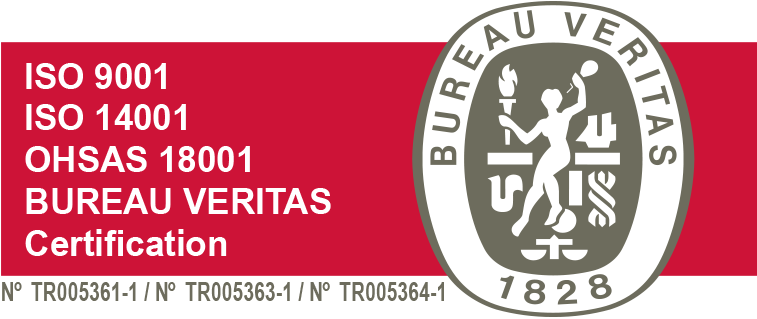Product Certificate and Label
| Name of Product | : | HEGEL |
| Active Substance | : | % 75 Tribenuron methyl |
| Formulation Type | : | Plastic consistency |
| Feature | : | HEGEL is taken by weeds through roots and turning green parts into their bodies. It is the most common herbal medicine that is used against large leafed weeds in wheat and barley. It is used in low doses. It has high selectivity. |
| Group | : | B-2 HERBICIDE |
| Toxicity | : | In rats acute oral LD 50:5600 mg/kg |
| Environmental Effect | : | Toxic to fishes. |
| Antidote | : | There is no specific antidote. |
Type of Market Release: 50 gr.
PREPERATION OF THE PESTICIDE FOR APPLICATION
Add required amount of HEGEL into the device’s tank, which is filled with water while its mixer is running. Running the mixer is necessary for homogeneous distribution of the medicine and for its application. Do not keep the medicine-mix that is prepared for application more than 24 hours as it may decay.
MISCIPLITY
In general, diffuser-cohesive agents in all doses can be used. This will increase the effect of HEGEL on weeds as it may also cause the medicine to take effect more quickly. HEGEL can be used with herbicides with 2,4 D Amin and Ester. Store it away from fertilizer insecticides and seeds. Do not use empty containers for another purpose, burry them in a secure place away from water resources or properly destroy. Do not contaminate waters, it is toxic to fishes.
USAGE AND TIME
It can be safely used within the period from 2-leafed stage of the crop to scabbard stage (ear is inside the scabbard). Since HEGEL provides usage flexibility, the application time is determined according to the growing stages of weeds creating a problem. The best result is achieved if it used when the weeds reached at least two-leafed stage but not reached 15 cm. height or diameter but without weeds having been covered by the crop. In the fields where low cornflower is prevalent, the spraying should be performed during rosette stage when the low cornflower becomes 7-8 leafed and reaches 8-9 cm diameter. When similar herbicides with same kind of action mechanisms are used in the same place over and over again for long years, some weed species may develop resistance and they become prevalent at that area. As a result, sufficient effect cannot be achieved against these weeds with suggested doses. Usage of herbicides with different action mechanisms alternately or making tank mixture with these herbicides, as well as soil cultivation postpone or prevent these weeds from developing resistance. Do not apply HEGEL in the same place more than once in one season.
RESISTANCE MANAGEMENT
The plant protection product named HEGEL is a herbicide, classified as Group B-2 in terms of its active substance. Repeated application of same group plant protection products that has the same effect mechanism encourages resistance development. For this reason, in order to delay resistance development, do not exceed total suggested number of usage of HEGEL within the same season. In case repetition of the application is needed, make sure you use those plant protection products with different effect mechanism (other than B-2).
| PLANTS AND WEEDS FOR WHICH IT IS USED | |||
| NAME OF PLANT | NAME OF WEED | DOSAGE AND TERM | TIME BETWEEN LAST SPRAYING AND HARVEST |
| Wheat, barley | Buckwheat (Vaccaria pyramidata) | 1 g/da | _______ |
| Deadnettle (Lamium spp) | |||
| Butter flower (Ranunculus arvensis) | |||
| Corn poppy (Papaver rhoeas) | |||
| Musk weed (Myagrum perfoliatum) | |||
| Smelly grass (Bifora radians) | |||
| Creeping thistle (Cirsium arvense) | |||
| Yellow grass (Boreava orientalis) | |||
| Herb of grace (Buglossoides arvense) | |||
| Venus’s flaytraps (Silene conoidea) | |||
| Wild glass flower (Geranium tuberosum) | |||
| Wild dyer’s woad (Isatis tinctoria) | |||
| Bird vetch (Vicia spp.) | |||
| Wild turnip (Raphanus sp.) | |||
| Wild mustard (Sinapsis arvensis) | |||
| Marsh bedstraw (Galium tricornutum) | |||
| Field sweet woodruff (Asperula arvensis) | |||
| Pin mustard (Neslia paniculata) | |||
| Low Cornflower (Centaurea depressa) | 1,5 g/da or 1 g/da +% 0,1 diffuser-cohesive agent |
||




